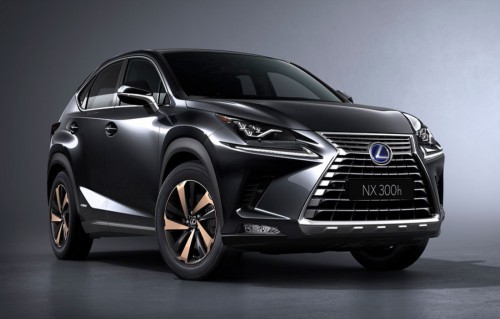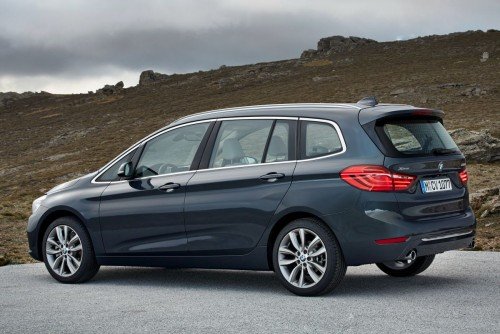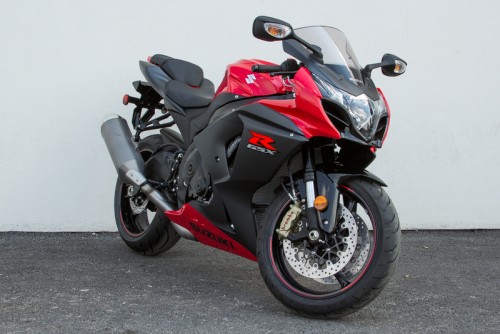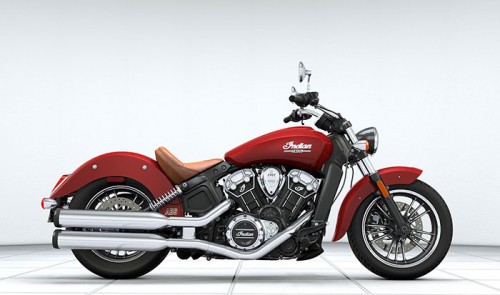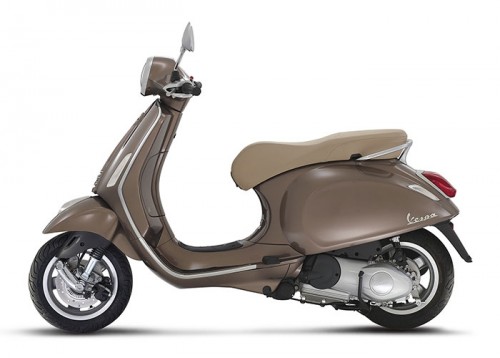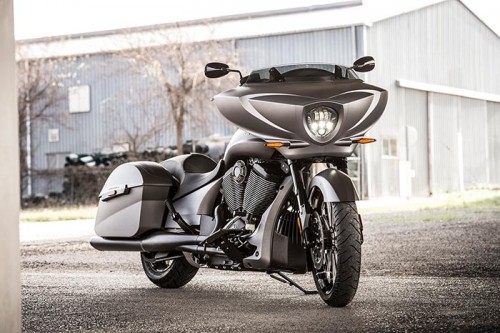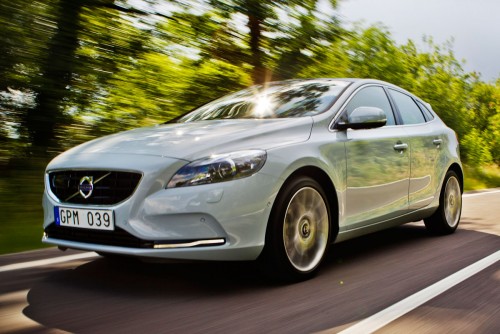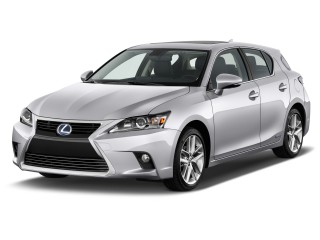About Fisker
History
Henrik Fisker co-founded the company in 2007 with business partner Bernhard Koehler (Fisker Coachbuild) and Quantum Technologies after securing a relatively small investment from Gianfranco Pizzuto, an Italian businessman, and Palo Alto Investors. Henrik Fisker is responsible for designing many premium cars such as the Aston Martin DB9 and V8 Vantage, Artega GT and BMW Z8. He also served as design director and sat on the board at Aston Martin.
Prior to Fisker Automotive, Henrik Fisker and Koehler left Aston Martin in 2005 to establish Fisker Coachbuild, in an attempt to revive the art of coach building automobiles to customer specifications.The Fisker Tramanto and Latigo utilized chassis and power trains from Mercedes-Benz SL and BMW 6-Series automobiles. Several were purchased but the business soon gave way to Fisker Automotive, a true automobile manufacturer. In 2009 Henrik Fisker mentioned plans for another plug-in hybrid, a "high-volume vehicle for a lower price", subject to getting a U.S. Department of Energy loan to build about 100,000 vehicles annually in the United States.
On April 14, 2008, Tesla Motors filed a lawsuit against Fisker Automotive, alleging they stole Tesla's technology and are using it to develop their own hybrid car, the Fisker Karma, which was announced at the North American International Auto Show in January 2008. Tesla's suit claims that the design work done for the Model S by Fisker Coachbuild was substandard, and that Fisker diverted its best ideas to the Karma.In early 2009 the suit was settled in Fisker's favor and Tesla was ordered to pay Fisker more than US$1.1 million in legal fees.
Fisker received a US$528.7 million conditional loan in September 2009 from the Department of Energy's US$25 billion Advanced Technologies Vehicle Manufacturing Loan Program (ATVM). A total of US$169.3 million is for engineering work with primarily USA suppliers to complete the Fisker Karma, design tools and equipment, and develop manufacturing processes. The DOE announcement of the conditional loan went on to reveal the code name for the new vehicle: "The second stage includes a $359.36 million ATVM loan for Fisker's Project Nina, involving the manufacture of a plug-in hybrid in the U.S.",expected to reduce pollution corresponding to 30,000 fewer cars.For comparison, the US$465 million ATVM loan to Tesla corresponds to 5,000 fewer cars."Project Nina" was later revealed as the Fisker Atlantic.
Company bankruptcy
Henrik Fisker, who co-founded the company named after him, resigned in March 2013,after "disagreements with management," in particular "disagreements over business strategy."The New York Times reported that Fisker's resignation came during takeover negotiations with the Zhejiang Geely Holding Group, which currently owns Volvo Cars. In late March, Fisker hired a law firm to prepare for a bankruptcy filing.
On October 11, 2013, Hybrid Technology LLC agreed to buy Fisker's defaulted government loan, at a heavy discount. On November 22, 2013, Fisker filed its Chapter 11 bankruptcy case. Concurrently, on November 23, 2013, Fisker agreed to be acquired by Hybrid, subject to bankruptcy court approval.Hybrid is owned by a Hong Kong billionaire, Richard Li. A court hearing on the proposed sale to Hybrid was set for January 3, 2014.[49] Because Hybrid now holds the purchased government loan, which it will credit bid as part of its purchase price for Fisker, attorneys for Fisker told the bankruptcy court that no offer better than Hybrid's can be expected.However, at the last moment, another Chinese company - parts supplier Wanxiang Group - submitted a competing bid of US$24.75 million, supported by the Official Creditors' Committee in the case. Wanxiang had earlier lost out to Hybrid in bidding for purchase of the government's loan to Fisker. Wanxiang owns A123 Systems (now known as B456), Fisker's former battery supplier, and Fisker argues that Wanxiang's conduct was partly responsible for Fisker's business failure. As part of its bid, Wanxiang proposes to restart production of the Karma.
Production models
Karma
Main article: Fisker Karma
The Karma is a plug-in hybrid luxury sports sedan produced by Fisker Automotive and manufactured at Valmet Automotive in Finland. After missing its initial late 2009 launch, and after the launch was rescheduled several times, the first deliveries took place in the U.S. in late July 2011 and deliveries to retail customers began in November 2011.
The 20.1 kWh (72.36 MJ) lithium ion rechargeable battery in each car came from A123 Systems in Watertown, Massachusetts. The aluminum frame was engineered by Fisker and was supplied by Norsk Hydro from Norway. The cabin interior was designed by Fisker Automotive, but was made in the United States by Magna International of Canada. The EVer powertrain system, technically a series hybrid, delivers over 400 horsepower, and was inspired by Quantum Technologies, a co-founder of and early investor in Fisker.
Fisker Surf and Sunset
Fisker unveiled the Karma S hardtop convertible concept in 2009.
The Fisker Surf plug-in hybrid concept car was unveiled at the 2011 Frankfurt Motor Show.The Surf would have an all-electric range of 50 mi (80 km) and an additional 250 mi (400 km) when the gasoline engine is engaged acting as a generator to charge the battery pack. Like the Karma, the Surf operates in Sport or energy-saving Stealth modes. In Sport, the car can reach 60 mph (97 km/h) from 0 in 5.9 seconds and the maximum speed is 125 mph (201 km/h). According to Henrik Fisker, the Surf would be part of the company’s lineup and would be available for North American and international delivery in 2013. Price was expected be in the same range as the Karma.[56] In early 2012, the company announced that they're dropping their plans to produce the Surf and the Sunset. Instead, they decided to proceed with production of the Fisker Atlantic.
Fisker Atlantic
Main article: Fisker Atlantic
In April 2012, Fisker unveiled their model Atlantic at the 2012 New York International Auto Show. The Fisker Atlantic, originally called "Project Nina",[58] shares the range-extender system from the larger Karma, but uses a four-cylinder BMW sourced gasoline engine, which acts as a generator to keep the batteries charged. The Atlantic is rear-wheel drive, with the option of four-wheel drive. The expected all-electric range is 30 mi (48 km).
The Atlantic is scheduled to become Fisker Automotive's second production car, after plans to produce the Fisker Surf and Sunset variants of its full-size Karma were shelved earlier in 2012. Production was initially scheduled to begin by the end of 2012 at former GM plant in Wilmington, Delaware. By October 2012, the carmaker decided to postpone production for late 2014 or 2015 due to financial constraints.
Sales
By February 2012, Fisker had established 45 dealerships in the US and three in Canada.By March 2012, the company had built 2,000 vehicles, with over 500 delivered to customers,and by the end of 2012 Fisker claimed 1,800 cars had been delivered.
The company has partnered with five importers: GP Supercars (Merano, Italy), Nellemann (Copenhagen, Denmark); the Emil Frey Group (Zurich, Switzerland); BD Otomotive (Istanbul, Turkey) and Al-Futtaim Group (Middle East and North Africa)
Manufacturing
Fisker Automotive retains core competencies in-house such as design and marketing, but outsources all manufacturing of the car and power train.Fisker's outsourcing methods have allowed the company a 2–3 year period of development instead of the typical 5 years and at a cost of US$333 million instead of US$1 billion,and claims that it can make a profit from selling just 15,000 cars. Fisker saves significant development costs by using pre-engineered components developed by other car companies whenever possible, such as the door handle mechanism which is a General Motors part, Fisker Automotive just pays a fee to GM for each door handle in the Karma, which is much cheaper than designing its own door handles.However, the A123 battery failure and its resulting recall, and the eventual bankruptcy of the battery supplier,has led to significant problems and added cost to the manufacture of the Karma model.
In 2008 Fisker estimated 15,000 cars per year will be assembled by Valmet Automotive in Uusikaupunki, Finland.Manufacturing eventually commenced in 2011 but by the third quarter of 2012 production ceased and Valmet laid off half its workforce.
Investors
Fisker Automotive's investors have included Leonardo DiCaprio,Palo Alto Investors, Kleiner Perkins Caufield & Byers, Qatar Holdings, LLC, A123 Systems and Ace Investments. In April 2012, Fisker announced it had received US$392 million in a round of financing,which was in addition to US$850 million in private investment it had received in previous rounds.In Fisker's bankruptcy case, these investments will be wiped out.




 Home
Home









